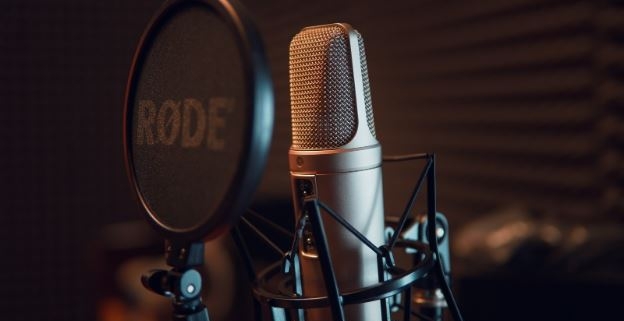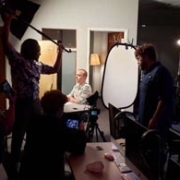With More People Staying at Home, Media Professionals Turn to Voice Overs as a Potential Career
You can be driving down the highway with the radio blasting, sitting at home watching your favorite TV show, checking out groceries at the self checkout station, or even watching your kids play with their new Christmas toys. In every one of these scenarios, voice actors are impacting your life in some way. You hear voices come through your speakers so often that eventually, you stop paying attention to what’s behind the voice. You become desensitized to a man or woman in a studio actually recording that commercial you’re listening to or your favorite video game character shouting during a battle scene.
For decades, voice actors have been a hidden talent, with the general public unaware of the incredible career that these vocal artists have. Billy West, voice of the famous Ren and Stimpy, Doug, Honey Nut Cheerios Bee and dozens more has a networth of $35 million. With hundreds of voice over artists across the country making thousands, hundreds of thousands or even millions off of their voice, it’s no surprise so many have flocked to the industry.
Even though the industry itself is profitable, many experts agree that the business of voice overs becoming popular in our connected world might not be a good thing. This acceleration of new talent wanting to break into the industry has created an over saturation of the market. With any business, there will always be those that may not have the best intentions. An example is voices.com or voices123.com, which are sites that profit off of aspiring voice actors with little to no experience. Also known as “pay to play” sites, these companies charge talent to audition for gigs, and offer almost no advantages to having a free account. Many of these sites prey on hopeful voice talent who want to start booking gigs, as the information provided online can vary. Just like other sides of the entertainment business, voice overs are subjective. The top coaches usually offer the same advice, you NEVER pay to audition, and you NEVER pay to actually voice a project for experience.
The voice over industry has been a hidden secret for many years, even building your own home studio in the 1970’s could cost upwards of $30,000 and now could cost as little as $1000 with the right materials for voice overs. Media professionals around the country have begun exploring how to expand their portfolio, including Photographers, Videographers, Graphic Designers, Audio Engineers, and more. Voice over training schools and private coaches have also gained in popularity, with the knowledge of not only breaking into the industry but also how to gain the skills of performing in a vocal booth are still relatively rare.
Although the experts agree that the industry has become oversaturated with amateur talent looking to take the elevator to the top, agents, casting directors, and large companies still value true talent and skill. Ultimately, those that want more than just small low paying gigs will need to take the industry and practice of it seriously, along with investing in proper lessons, equipment, and demo reels.











 Request Info >>
Request Info >>